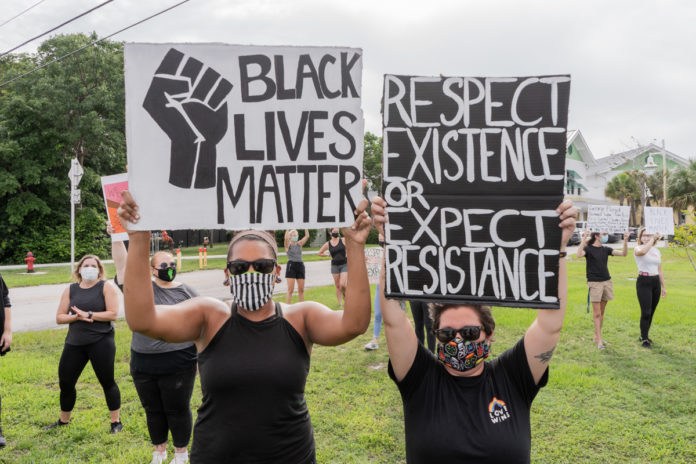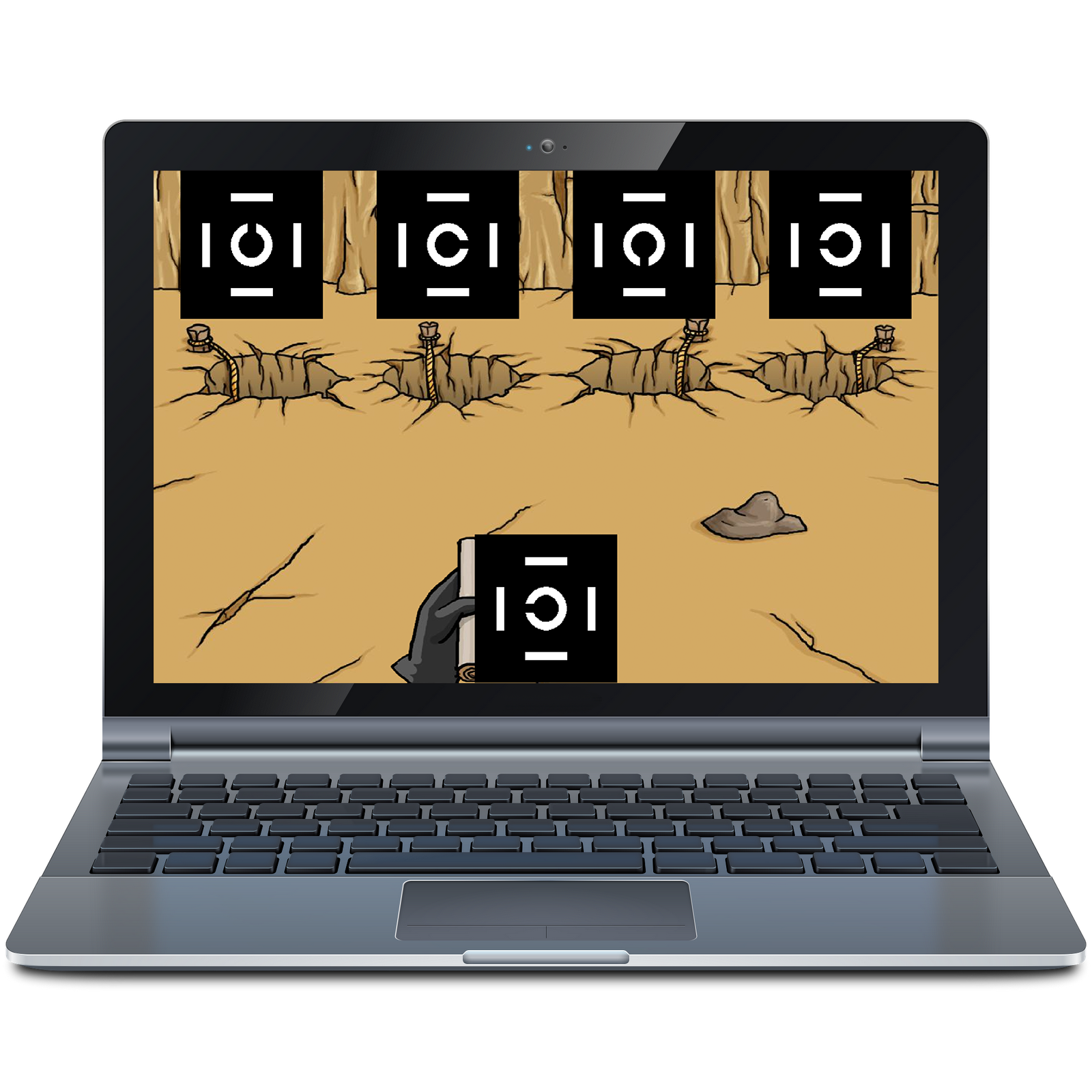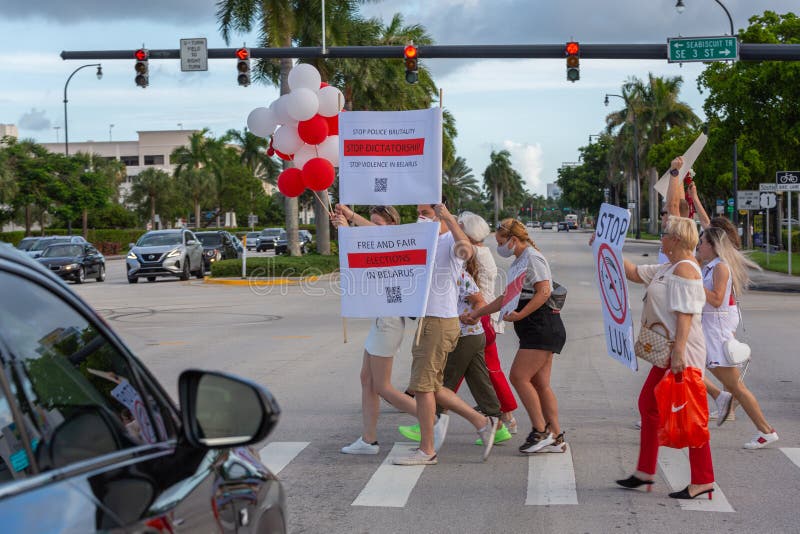


Since the earliest days of the movement in Ferguson, groups like the Organization for Black Struggle, the Black Lives Matter network, and others have made both clear and public a list of demands. Many believe the Black Lives Matter movement has no agenda - other than yelling and protesting and disrupting the lives of white people. Protesters in Washington, D.C., after a grand jury decided not to charge a police officer in the death of Eric Garner. And there is room for the talents, expertise, and work ethic of anyone who is committed to freedom. We demonstrate through this model that the movement is bigger than any one person. BLM is composed of many local leaders and many local organizations including Black Youth Project 100, the Dream Defenders, the Organization for Black Struggle, Hands Up United, Millennial Activists United, and the Black Lives Matter national network. By having a leaderfull movement, BLM addresses many of these concerns. Finally, a movement with a singular leader or a few visible leaders is vulnerable, because those leaders can be easily identified, harassed, and killed, as was the case with Dr. Moreover, those old models leadership favored the old over the young, attempted to silence gay and lesbian leadership, and did not recognize the leadership possibilities of transgender people at all. First, focusing on heterosexual, cisgender black men frequently causes us not to see the significant amount of labor and thought leadership that black women provide to movements, not only in caretaking and auxiliary roles, but on the front lines of protests and in the strategy sessions that happen behind closed doors. But the Movement for Black Lives, another name for the BLM movement, recognizes many flaws with this model. Many Americans of all races are enamored with Martin Luther King as a symbol of leadership and what real movements look like. The Black Lives Matter movement is a leaderfull movement. To reduce violent crime, we must fight to change systems, rather than demonizing people.Ģ. All of these social indicators place one at greater risk for being either a victim or a perpetrator of violent crime.

But black people are disproportionately poorer, more likely to be targeted by police and arrested, and more likely to attend poor or failing schools. Black people are not inherently more violent or more prone to crime than other groups. The Black Lives Matter movement acknowledges the crime problem, but it refuses to locate that crime problem as a problem of black pathology. The continued focus on black-on-black crime is a diversionary tactic, whose goal is to suggest that black people don't have the right to be outraged about police violence in vulnerable black communities, because those communities have a crime problem. Eighty-four percent of white murder victims are killed by other white people. Ninety-three percent of black murder victims are killed by other black people. However, those who insist on talking about black-on-black crime frequently fail to acknowledge that most crime is intraracial. In Chicago, long maligned for its high rates of intraracial murder, members of the community created the Violence Interrupters to disrupt violent altercations before they escalate. The idea that black-on-black crime is not a significant political conversation among black people is patently false. The movement doesn't care about black-on-black crime. And we can begin by debunking a few myths about what the Black Lives Matter movement is and what it isn't.ġ. But the young people taking to the streets in protest have a righteous cause. These are just some of the many questions surrounding this new movement. And if the problems are really this bad, can't voting for new political leaders solve them? sympathizers wonder. Why can't black people simply address the crime problem in their own communities? others want to know. Do black lives matter more than white lives? bystanders ask. But this new movement's penchant for disruptive protest and impassioned public speeches about persistent racial inequality have been disconcerting to many Americans who wonder what the end-game is for this new generation of protesters. Since the acquittal of Trayvon Martin's killer in 2013 and the killing of Michael Brown in Ferguson, Missouri, in 2014, the phrase "black lives matter" has become a rallying cry for a new chapter in the long black freedom struggle. Demonstrator in New York protesting police violence.


 0 kommentar(er)
0 kommentar(er)
